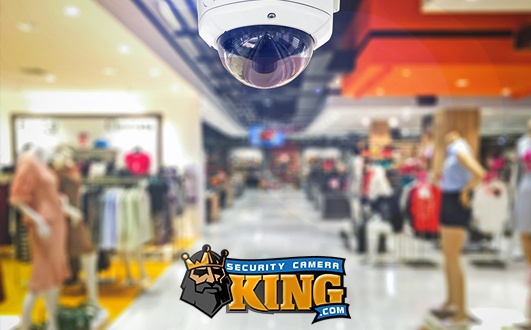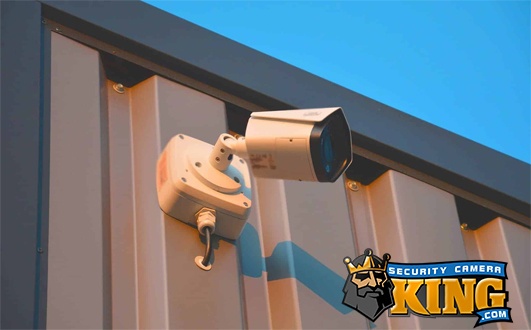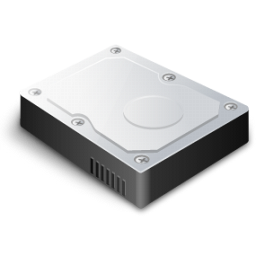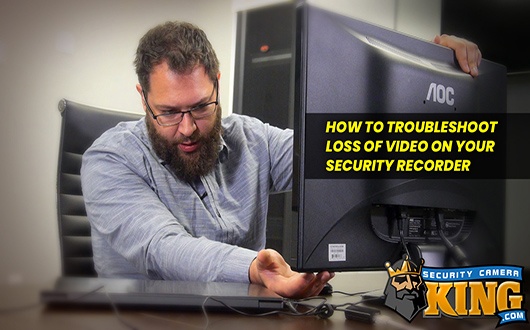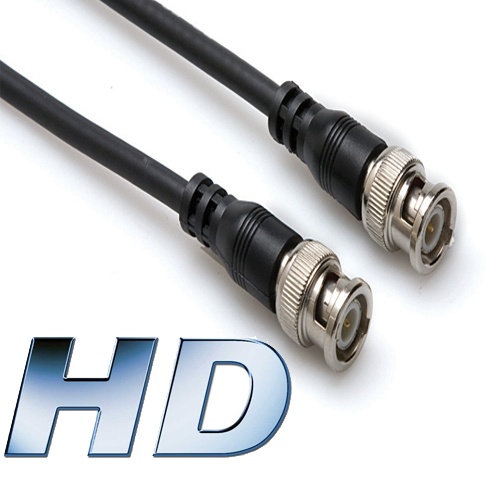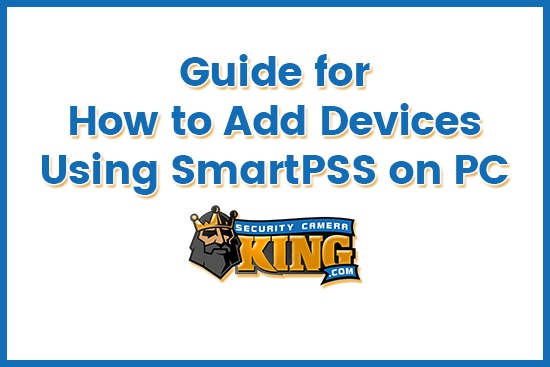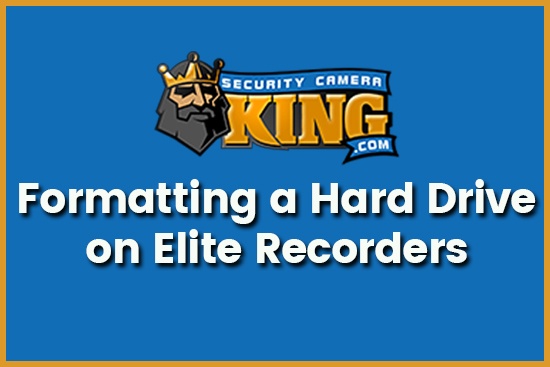Configure and connect an Onvif Camera
As the evolution of Security IP devices grow tremendously over the past few years, a group of well know companies decided to create a protocol that will be used on a variety of applications to interconnect IP devices with Network Video recorders.
Additional companies have become members of this platform to facilitate the integration of their devices with other manufacturers.
Some Manufacturers have successfully integrated this platform so well that their devices perform close if not the same as there own brand.
Like any technology, Onvif have limitations when it comes to features. Some IP camera products will not be able to fully integrate all of the common features of a Megapixel Camera, such as being able to overlay camera name, the ability to change encoding features such as resolution or even frames per second. Some others will fully integrate, including the ability to detect motion.
Today I will be demonstrating our new line of Onvif Cameras and how to configure and integrate with our NVRs. For this demonstration I will be using an NVR-ELT-4 and an IPOB-LX2MPIR150L2812.
Preparing the camera
All of our LX Series IP cameras come with a default IP of 192.168.1.168, so we need to ensure we can access the camera first using a computer.
Connect your camera to a POE switch or connect a 12v DC power supply in the camera and make sure you have an Ethernet cable connected in your router or switch.
Download the following tool to find the camera on the network: https://www.securitycameraking.com/securityinfo/downloads/?wpdmdl=134&ind=0. Open the Search Tool and click on Search. Remember to connect ONE camera at the time.
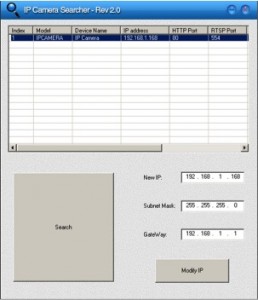
Select the resultant IP address and assign a new IP address to the camera. Make sure you configure this with an IP address that is not being used in your network. To learn how to do this, follow these simple steps in this article: https://www.securitycameraking.com/securityinfo/how-to-configure-your-dvr-for-remote-access/
Preparing your PC to access the camera
Before we connect to the camera, we need to allow a pluggin file to be installed in our computer. To do so you will need to go to Control Panel>Internet Options>Security>Customer Level and select the option “Prompt” under “Download unsigned ActiveX controls”. For this demonstration I will leave the default IP address of the camera intact and proceed to access the web interface.
Open up your browser and type the IP address of the camera, in my case is 192.168.1.168; the resultant web interface will be shown below:
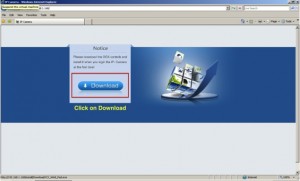
Click on Download to install the pluggin. When done, refresh your page then install and allow the ActiveX file in your PC.
After the ActiveX has been installed successfully it is time to login to the camera and begin configuring some essential settings that will allow this camera to record based on motion. The default username and password is admin and the login page will be displayed as follows:
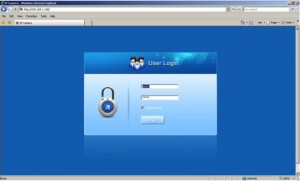
Go to Camera Settings to adjust resolution, bit rate and stream of each camera as shown in the figure below:
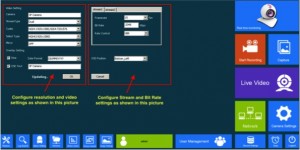
Next go to Alarm Settings to enable motion detection on the camera. Click on the checkbox next to “Enable Alarm” and “Motion Detection”and cane the alarm Duration to 10 Seconds. This option is to adjust how long is the camera detecting motion when a motion event occurs. Click OK when Done.
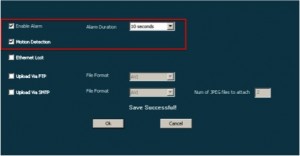
Click on Motion Detect Option and click on “Select All”. Next change the sensitivity to “HIGH, MEDIUM or LOW” depending of how sensitive you want the camera to be. When done click the OK button. Note: motion recording needs to be tweaked in order to find the optimal detection trigger. One of the common options to change is sensitivity and region.
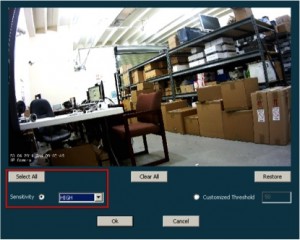
Our next and last step will be to connect the camera to the NVR. As you might know all of our DVRs and NVRs have a default IP address of 192.168.1.108. Assuming your network falls in that range the next steps is been able to access the unit from your PC.
Make sure your NVR is connected to the network with an Ethernet cable, and connected to your router.
Open Internet Explorer and begin typing the default IP address of the NVR, in this case the default IP is 192.168.1.108. You will be prompt to install ActiveX Files for the NVR as well.
After you have installed all of the necessary plugins then logging to the NVR and click “Set”. The screen shot will show you a sample of the buttons to press:
Next, Click Add to connect the camera to the NVR. After the camera has been added, wait a few seconds for the camera to successfully establish the connections stream. You can now click on “Preview” and click on the channel where the camera is connected.
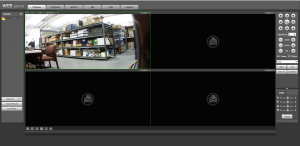
The last step is to configure your NVR Schedule to record base on motion. To do so go to Set>Storage>Schedule. Click on Set and select Motion under Period 1 and select all to record motion every day of the week. Click on Save, Copy and select All to copy all of these settings to all of the channels.
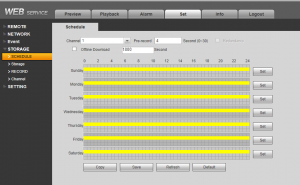
Remember to save all of the settings when you finish. If you have follow all of these steps you have successfully configured your LX IP Series Camera to record based on motion. Below is a quick video demonstrating how to setup and connect the camera to the NVR:
[youtube http://www.youtube.com/watch?v=JYOMoOy1eAw]



